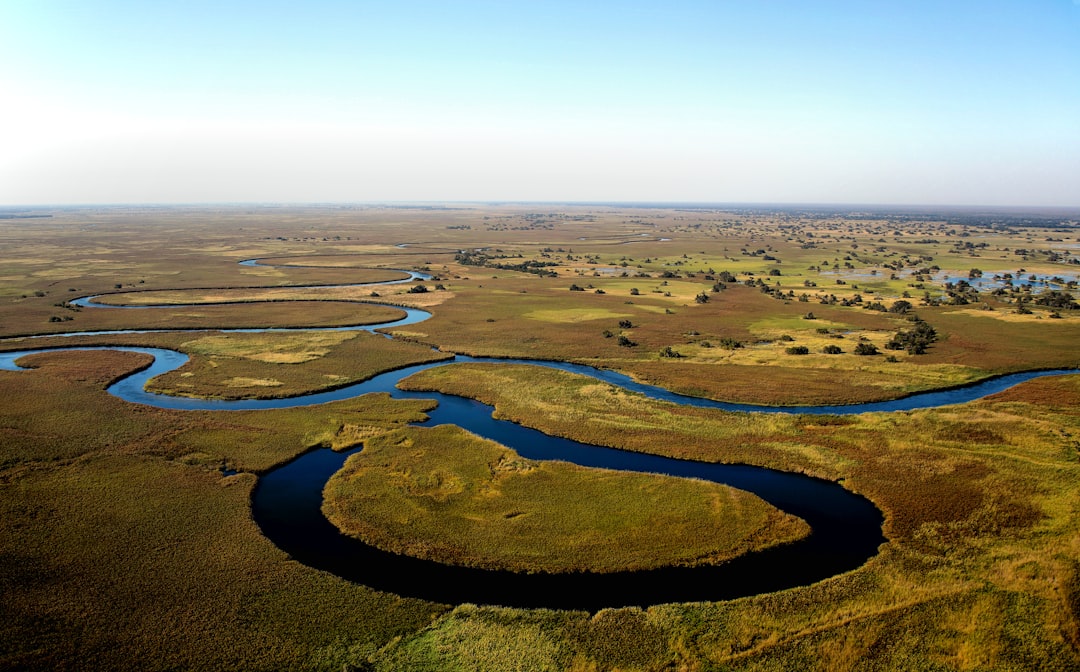What is it about?
A controlled source experiment comparing DAS (Distributed Acoustic Sensing) and conventional towed streamer data for seismic imaging purposes is described. An existing 130 km telecommunication fiber optic cable was interrogated to acquire DAS data to analyze the signal at long distances and for subsurface imaging. The results show that seismic signals in the telecommunication fiber optic cable are detectable at distances above 100 km from the source point. Furthermore, comparisons of the DAS data and towed streamer data show that the DAS technology allows for acquisition of large offset seismic data that are comparable with conventional seismic data.
Featured Image

Photo by Bernardo Ferrari on Unsplash
Why is it important?
The idea of using DAS for creating seismic data may have great impact in data acquisition of seismic data as this enables cost-effective surveys as well as real-time monitoring of the subsurface using fiber optic cables on the seafloor.
Read the Original
This page is a summary of: New wiggles from old cables: Acquisition, cable and data aspects, Geophysics, August 2023, Society of Exploration Geophysicists,
DOI: 10.1190/geo2023-0069.1.
You can read the full text:
Contributors
The following have contributed to this page










